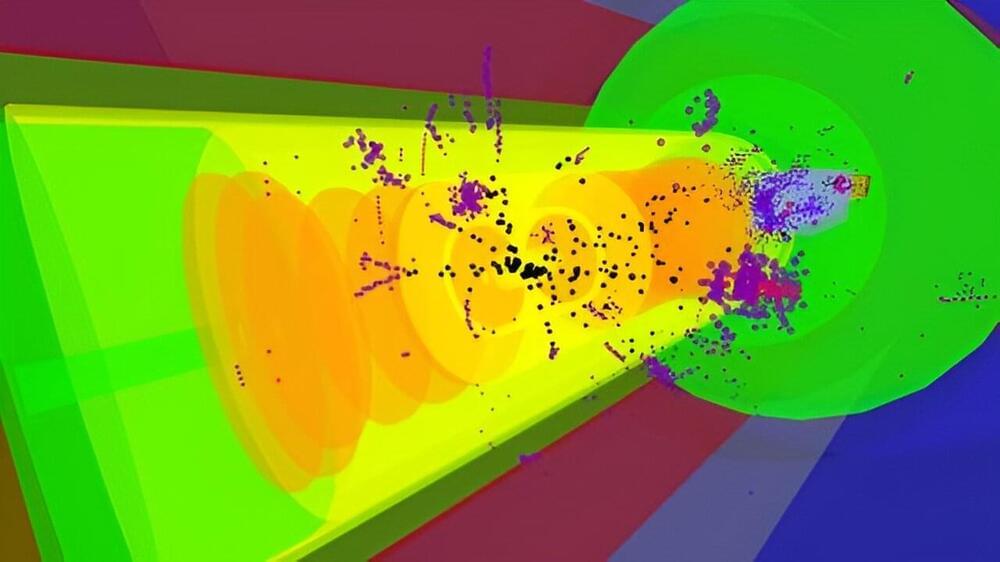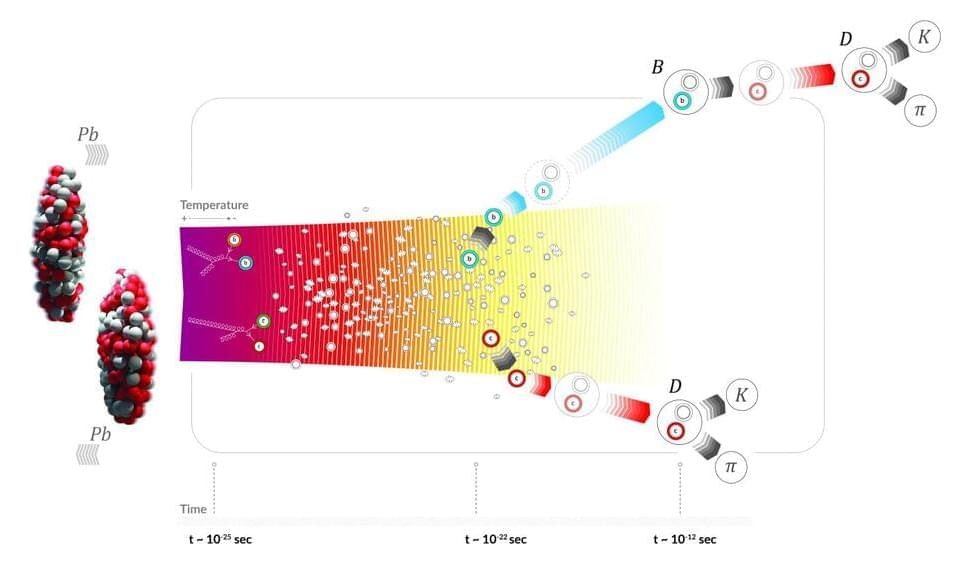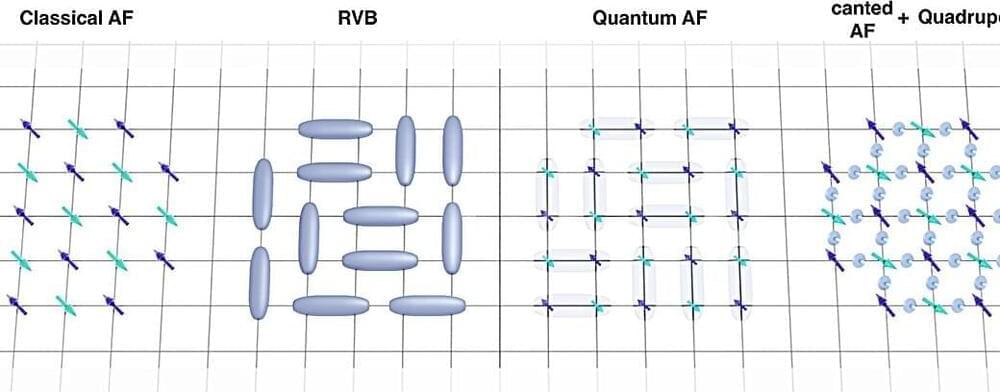Researchers in China have produced a phenomenon known as the giant skyrmion topological Hall effect in a two-dimensional material using only a small amount of current to manipulate the skyrmions responsible for it. The finding, which a team at Huazhong University of Science and Technology in Hubei observed in a ferromagnetic crystal discovered in 2022, comes about thanks to an electronic spin interaction known to stabilize skyrmions. Since the effect was apparent at a wide range of temperatures, including room temperature, it could prove useful for developing two-dimensional topological and spintronic devices such as racetrack memory, logic gates and spin nano-oscillators.
Skyrmions are quasiparticles with a vortex-like structure, and they exist in many materials, notably magnetic thin films and multilayers. They are robust to external perturbations, and at just tens of nanometres across, they are much smaller than the magnetic domains used to encode data in today’s hard disks. That makes them ideal building blocks for future data storage technologies such as “racetrack” memories.
Skyrmions can generally be identified in a material by spotting unusual features (for example, abnormal resistivity) in the Hall effect, which occurs when electrons flow through a conductor in the presence of an applied magnetic field. The magnetic field exerts a sideways force on the electrons, leading to a voltage difference in the conductor that is proportional to the strength of the field. If the conductor has an internal magnetic field or magnetic spin texture, like a skyrmion does, this also affects the electrons. In these circumstances, the Hall effect is known as the skyrmion topological Hall effect (THE).








